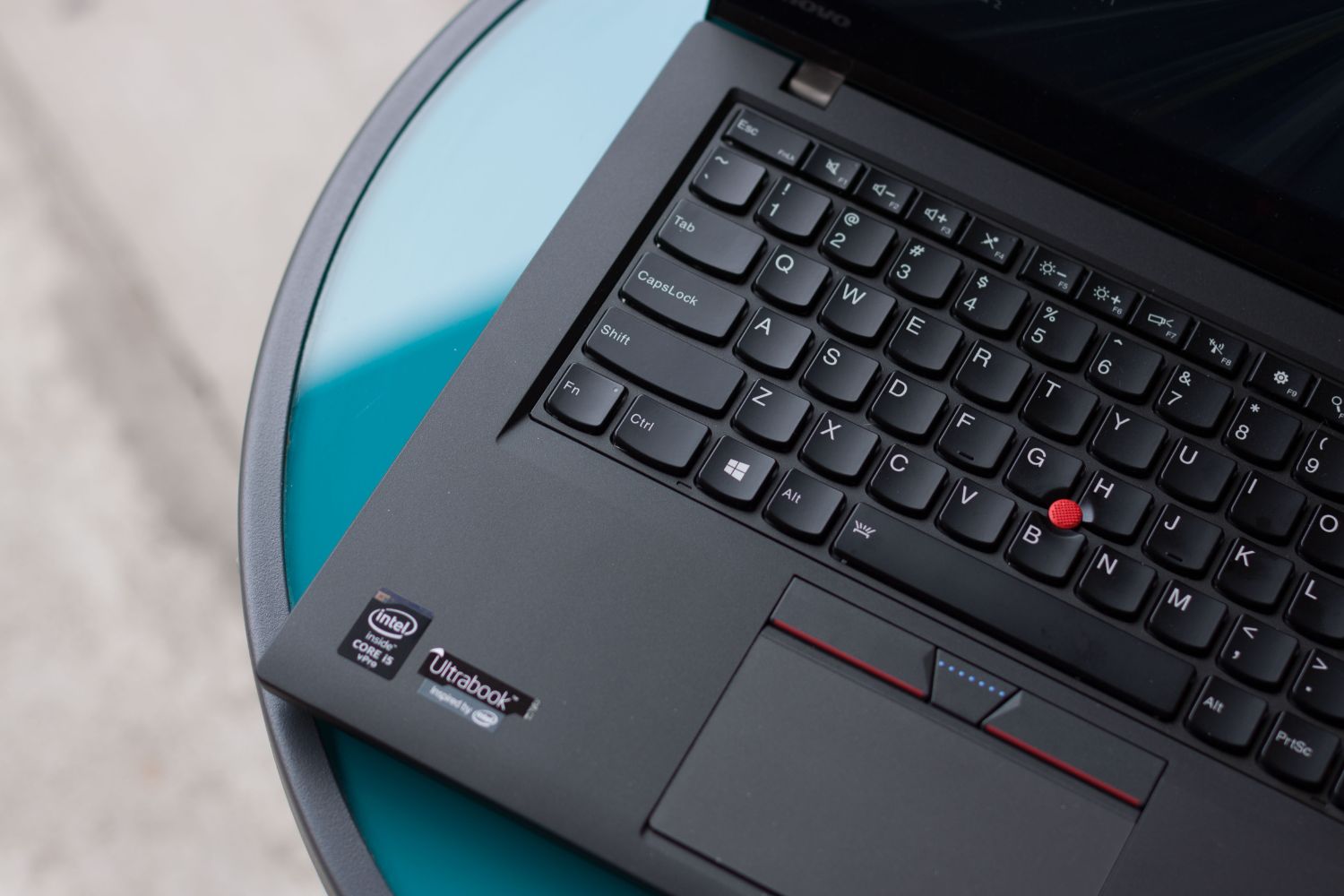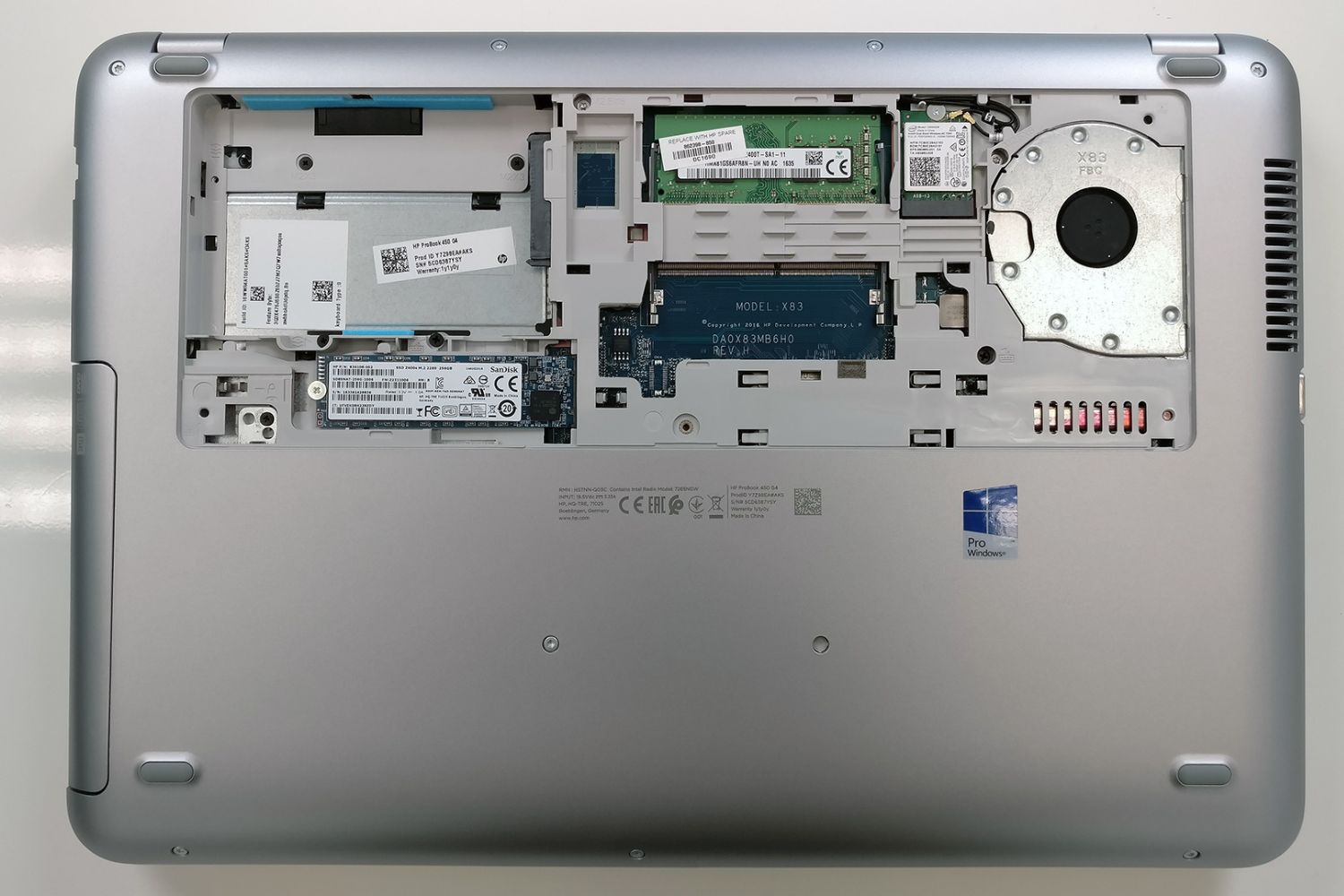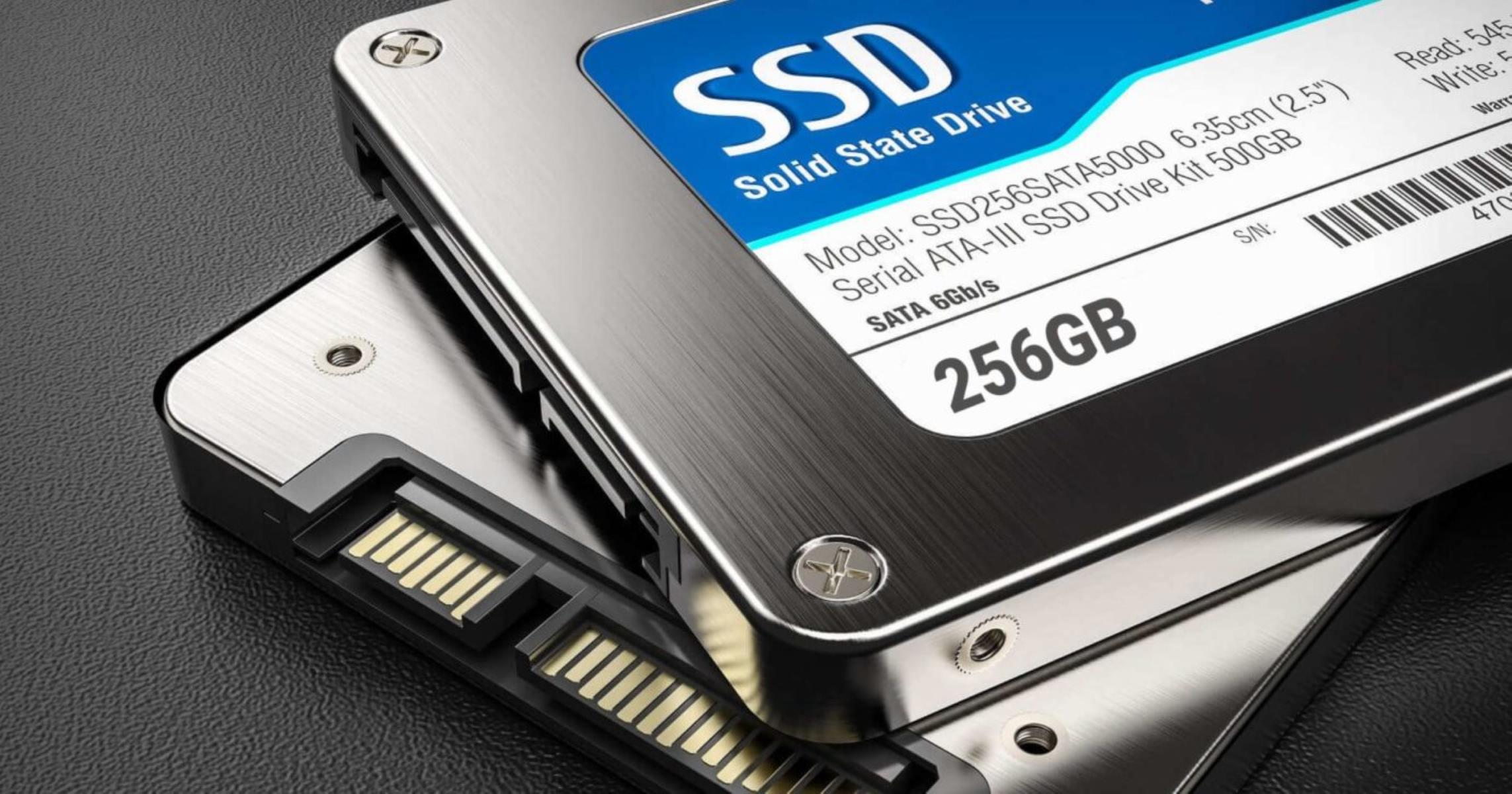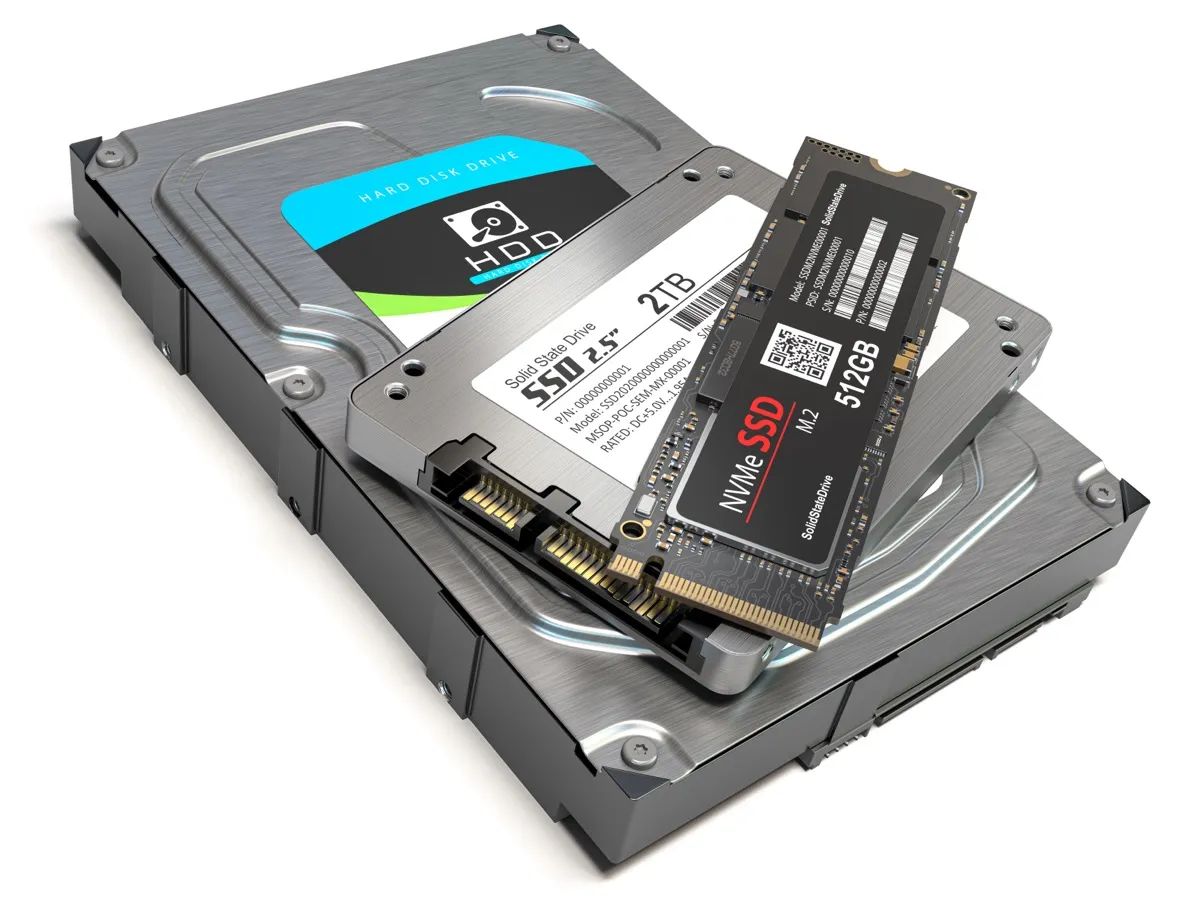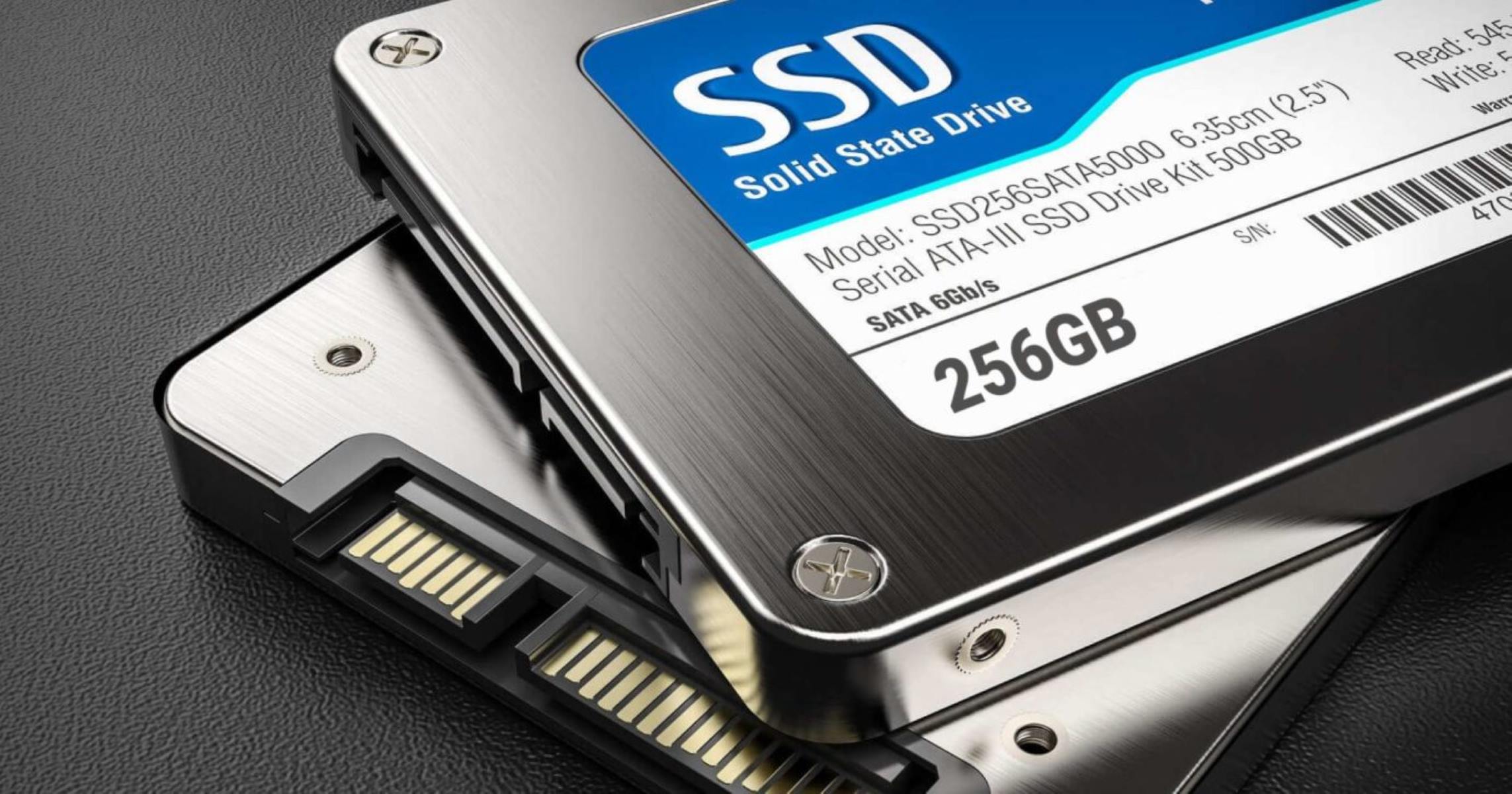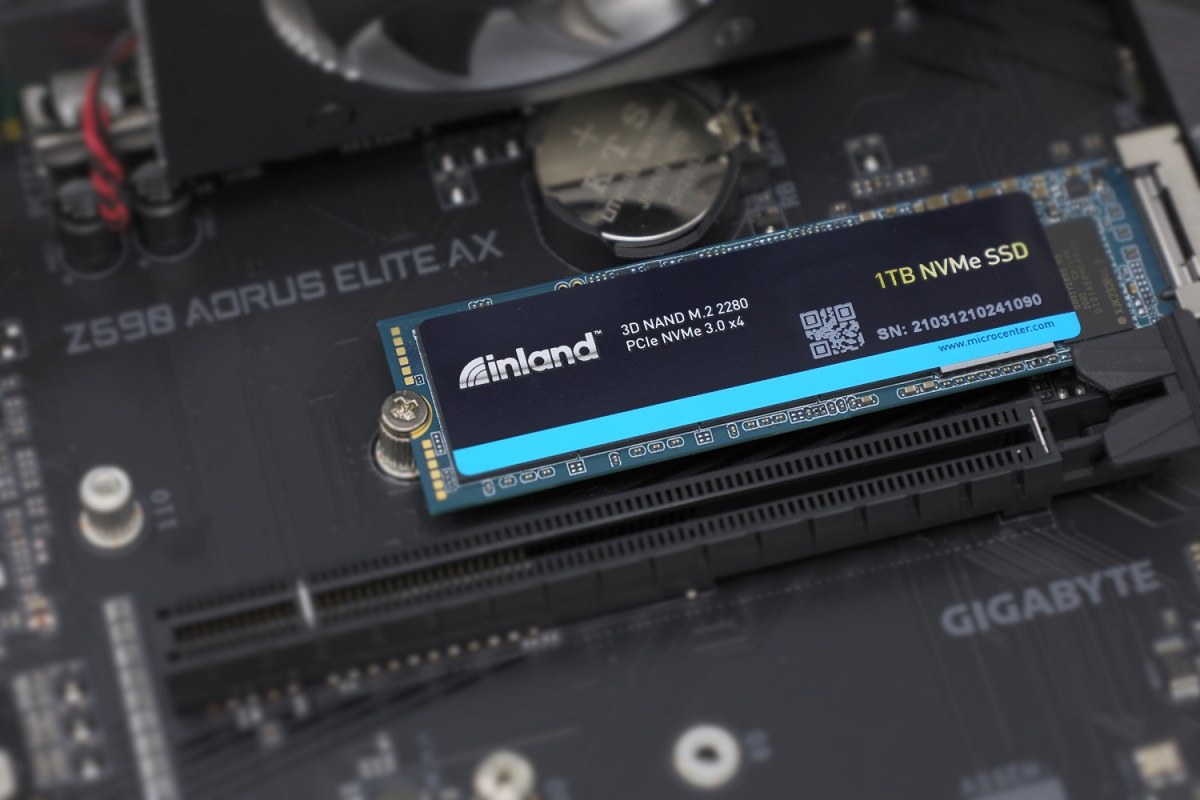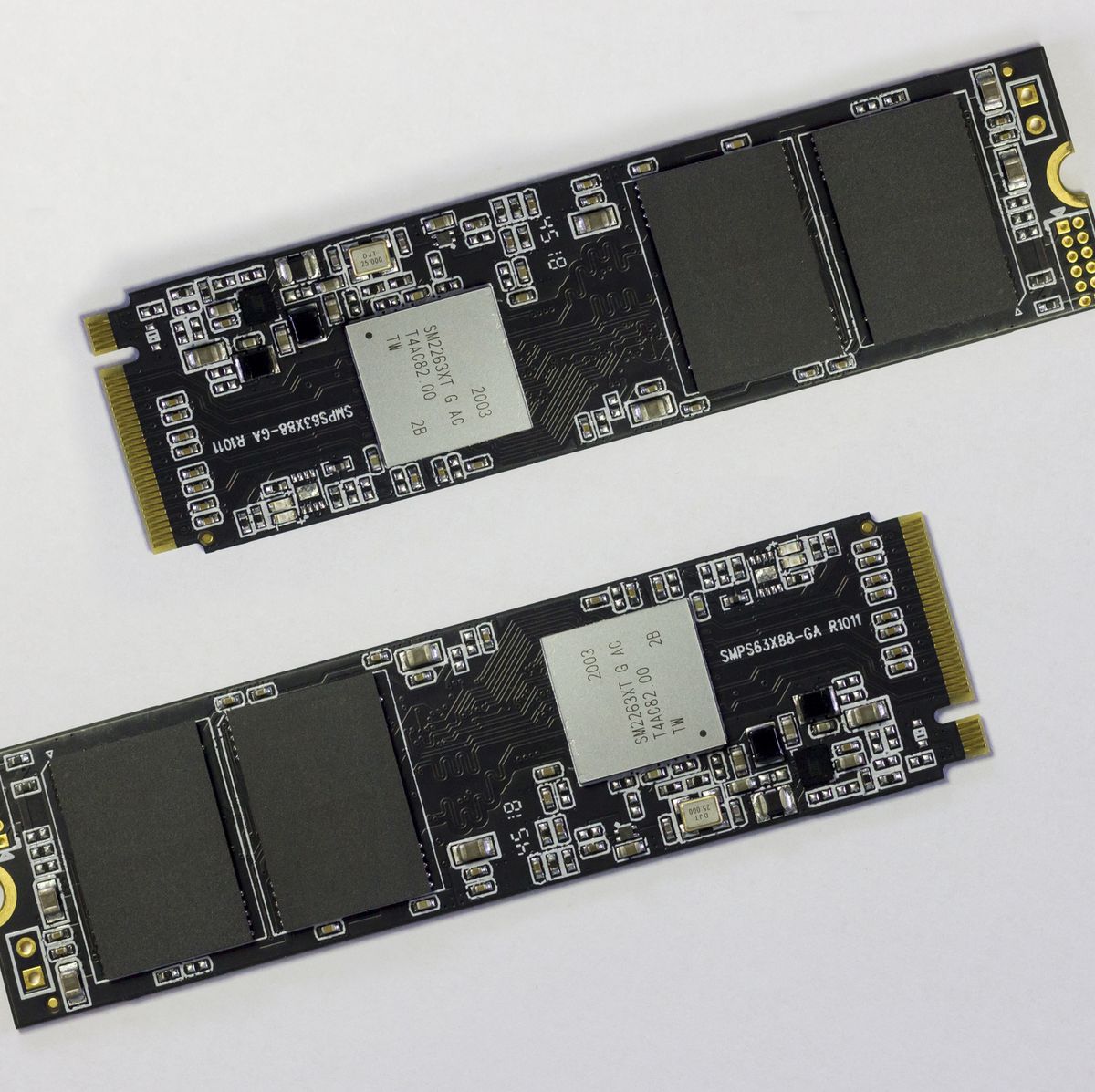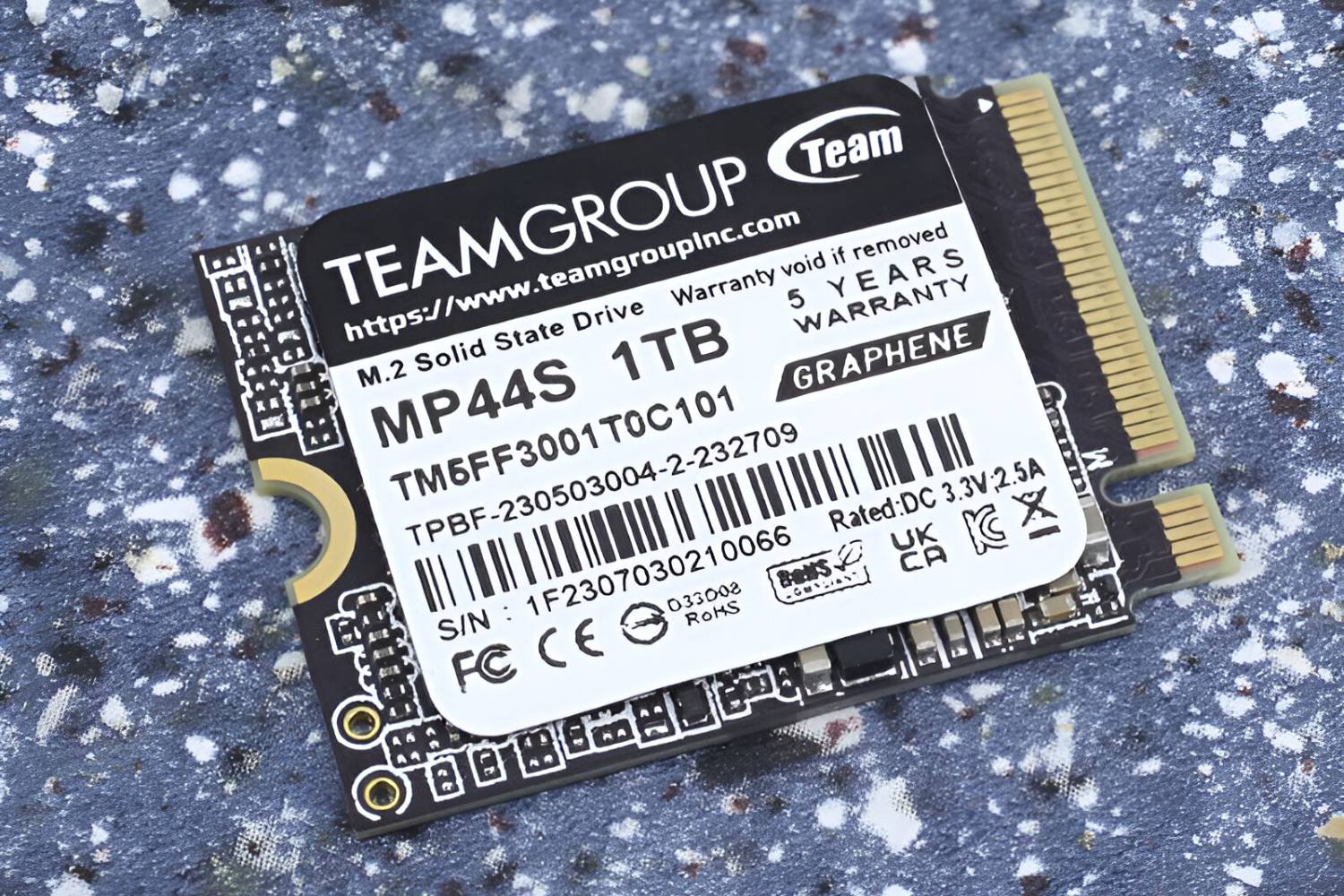Introduction
Are you facing performance issues or software glitches on your T450 Ultrabook? Restoring your device to its original factory settings can help resolve these problems and optimize its performance. This article will guide you through the process of restoring your T450 Ultrabook, ensuring that you have a smooth and hassle-free experience.
Before we dive into the steps of restoring your Ultrabook, it’s important to note that this process will erase all the data on your device. Make sure to back up any important files or documents to avoid losing them during the restoration process. Additionally, ensure that your device is connected to a power source to prevent any interruptions during the restoration process.
Restoring your T450 Ultrabook involves resetting it to its original factory settings, removing any installed programs or personal files. It essentially reverts your device back to the state it was in when you first purchased it. This can be especially helpful if you are experiencing performance issues, software conflicts, or persistent errors that cannot be resolved through other troubleshooting methods.
The restoration process will erase all data on your device, so it’s essential to create a backup of any important files beforehand. Once you have backed up your data and ensured your device is connected to a power source, you can proceed with the restoration process.
In the following sections, we will provide a step-by-step guide on how to restore your T450 Ultrabook, from creating a recovery USB drive to recovering your files from backup. At the end of this process, your Ultrabook will be refreshed and ready to perform optimally once again.
Backup your data
Before initiating the restoration process, it’s essential to create a backup of your data to ensure that you don’t lose any important files or documents. Follow these steps to back up your data on the T450 Ultrabook:
- Identify important files: Take some time to identify the files and folders that hold critical data. Consider documents, photos, videos, and any other files that you cannot afford to lose.
- External storage device: Connect an external storage device such as a USB flash drive or an external hard drive to your T450 Ultrabook. Ensure that the device has enough space to accommodate all the files you want to backup.
- Select and copy: Navigate to the location of your important files and select them. Use the copy or cut function to transfer them to the external storage device. Depending on the number and size of the files, this process may take some time.
- Double-check: After the files are copied, double-check the external storage device to ensure that all the necessary files have been successfully backed up. It’s a good practice to open a few files and verify their content to be certain.
- Organize and label your backup: To maintain organization and avoid confusion, it is recommended to create a separate folder or directory on the external storage device to store the backed-up files. Additionally, consider labeling the folder with a name that clearly indicates it contains the backup files from your T450 Ultrabook.
Remember, the purpose of backing up your data is to protect it in case something goes wrong during the restoration process. Taking the time to create a backup will provide peace of mind and ensure that you can easily retrieve your important files after the restoration.
Create a recovery USB drive
Creating a recovery USB drive is an essential step in restoring your T450 Ultrabook. This USB drive will serve as a bootable device that contains the necessary files and software to restore your device to its factory settings. Follow these steps to create a recovery USB drive:
- Prepare a USB drive: Start by locating a USB drive with sufficient storage capacity. It’s recommended to use a USB drive with at least 16GB of space to ensure all the necessary files can be stored.
- Access the recovery options: On your T450 Ultrabook, click on the Start button and search for “Recovery Options.” Click on the “Create a recovery drive” option that appears in the search results.
- Create the recovery drive: Once the Recovery Drive window opens, make sure the “Back up system files to the recovery drive” option is checked. This ensures that all the necessary system files are included in the recovery drive. Click “Next” to proceed.
- Select the USB drive: In the next window, you will see a list of available drives. Choose the USB drive you prepared earlier and click “Next” to continue.
- Confirm your selection: The next screen will display a warning message informing you that all data on the USB drive will be erased. Double-check that you have selected the correct drive and click “Create” to begin the process.
- Wait for the process to complete: The creation of the recovery drive may take some time. Be patient and avoid interrupting the process until it is completed.
- Label and store the recovery USB drive: Once the recovery drive is created, it’s a good practice to label it and store it in a safe place. This will ensure that you can easily access it when needed for the restoration process.
Creating a recovery USB drive is an important step in the restoration process. It ensures that you have a reliable and readily accessible source from which to restore your T450 Ultrabook to its original factory settings.
Access the recovery options
Once you have created a recovery USB drive for your T450 Ultrabook, you need to access the recovery options to initiate the restoration process. Follow these steps to access the recovery options:
- Connect the recovery USB drive: Insert the recovery USB drive into one of the USB ports on your T450 Ultrabook. Make sure the device is securely connected.
- Restart your Ultrabook: Click on the Start button and select the Power icon. From the options that appear, choose “Restart.”
- Access the BIOS settings: As your T450 Ultrabook restarts, press the appropriate key (usually F2, F12, or Del) to access the BIOS settings. Consult your device’s manual or manufacturer’s website if you are unsure which key to press.
- Navigate to the Boot menu: Once you are in the BIOS settings, navigate to the Boot menu. This menu contains the configuration options related to booting up your Ultrabook.
- Change the boot order: In the Boot menu, locate the “Boot Order” or “Boot Sequence” option. Modify the settings to prioritize booting from the connected USB device. Follow the on-screen instructions or refer to your device’s manual for guidance on changing the boot order.
- Save and exit: Once you have changed the boot order, save the changes and exit the BIOS settings. The Ultrabook will restart again, this time booting from the recovery USB drive.
- Access the recovery options: As the Ultrabook restarts, it will load the recovery environment from the USB drive. Follow the on-screen instructions to access the recovery options.
By accessing the recovery options, you are one step closer to restoring your T450 Ultrabook to its original factory settings. Once you have successfully accessed the recovery options, you can proceed with the next steps to initiate the restoration process and bring your Ultrabook back to its optimal performance.
Choose the restore option
Once you have accessed the recovery options on your T450 Ultrabook, it’s time to choose the restore option that will initiate the process of restoring your device to its factory settings. Follow these steps to select the restore option:
- Navigate the recovery options: Within the recovery environment, you will see various options for system recovery. Look for an option that mentions “Restore” or “Reset” and select it.
- Review the restore settings: Before proceeding with the restore, you may be prompted to review and confirm the settings. This allows you to make sure that you understand the implications of the restore process. Take a moment to read through the information provided and ensure that you are comfortable proceeding with the restoration.
- Choose a restore method: Depending on the options available, you may be presented with different restore methods. These methods can include a complete restore or a partial restore that retains certain personal files. Select the option that aligns with your preferences and needs. If you want to start afresh and remove all personal files, choose the complete restore option.
- Initiate the restore process: Once you have chosen the desired restore method, confirm your selection and initiate the restore process. This may require additional confirmation prompts, such as entering your administrative password.
- Wait for the restore to complete: The restoration process may take some time to complete, as it involves reinstalling the operating system and necessary software. Be patient and avoid interrupting the process to ensure a successful restoration.
Choosing the restore option is a crucial step in bringing your T450 Ultrabook back to its original factory settings. By carefully selecting the appropriate restore method and confirming the settings, you can initiate the restoration process with confidence and prepare your device for optimal performance once again.
Wait for the restore process to complete
After initiating the restore process on your T450 Ultrabook, it’s important to exercise patience and allow the system to complete the restoration. The duration of this process will depend on various factors, including the size of your hard drive and the speed of your device. Follow these steps to ensure a smooth restore process:
- Do not interrupt the process: It is crucial not to interrupt the restore process once it has started. Avoid turning off your Ultrabook or disconnecting any power sources, as this can lead to incomplete restoration or system errors.
- Monitor the progress: During the restore process, your T450 Ultrabook will display an on-screen progress indicator. This will give you an idea of how far along the restoration has progressed. Keep an eye on this indicator, but remember that it may not always be 100% accurate. Sometimes, certain stages of the restore process may take longer to complete than others.
- Allow ample time: Restoring your Ultrabook can be a time-consuming task, especially if you have a large amount of data or complex system configurations. It’s important to allow ample time for the process to complete. Depending on the factors mentioned earlier, the restore process can take anywhere from several minutes to several hours.
- Avoid additional tasks: While the restore process is underway, it is advisable to refrain from running other resource-intensive tasks on your Ultrabook. This includes avoiding the installation of software updates, software installations, or any other activities that could potentially interfere with the restoration process.
- Follow on-screen instructions: Occasionally, the system may prompt you to make certain selections or provide additional information during the restoration process. Follow any on-screen instructions that appear, as they may be necessary to complete the restore successfully.
It’s important to exercise patience while waiting for the restore process to complete. Once the restoration is finished, your T450 Ultrabook will restart itself, and you will be greeted with a fresh start, as if you were using a brand new device.
Note that after the restore process is complete, you will need to proceed with reconfiguring your device and installing necessary drivers and software updates to ensure smooth functionality. We will cover these steps in the upcoming sections of this guide, so stay tuned for the next instructions.
Install necessary drivers and updates
After the restore process is complete and your T450 Ultrabook has been brought back to its factory settings, it’s important to install necessary drivers and updates to ensure optimal performance. Follow these steps to install the required drivers and updates:
- Connect to the internet: Ensure that your T450 Ultrabook is connected to the internet via a Wi-Fi or Ethernet connection. This will allow you to download and install the necessary drivers and updates.
- Automatic driver installation: By default, your Ultrabook may automatically search for and install the necessary drivers. Allow the system some time to complete this process. However, it’s advisable to manually check for any missing drivers to ensure that all components of your Ultrabook are functioning optimally.
- Check the device manager: Open the Device Manager on your T450 Ultrabook by right-clicking on the Start button and selecting “Device Manager.” Look for any devices with a yellow exclamation mark or question mark icon. These indicate that the corresponding drivers need to be installed or updated.
- Visit the manufacturer’s website: Identify the devices in the Device Manager that require driver updates. Visit the manufacturer’s website for each device and locate the latest driver download for your specific Ultrabook model and operating system version.
- Download and install drivers: Download the necessary drivers from the manufacturer’s website and follow the provided instructions to install them on your Ultrabook. It’s recommended to start with essential drivers such as chipset, graphics, and network drivers.
- Install software updates: In addition to drivers, it’s crucial to install software updates to ensure that your T450 Ultrabook is equipped with the latest security patches and bug fixes. Check for updates from the operating system provider (e.g., Windows Updates) and other software applications installed on your Ultrabook.
- Restart if necessary: After installing drivers and updates, restart your T450 Ultrabook to ensure that all changes take effect.
By installing the necessary drivers and updates, you can ensure that all components of your T450 Ultrabook work seamlessly and that you have the latest features and security enhancements. Regularly check for driver and software updates to keep your Ultrabook up to date and functioning at its best.
Recover your files from backup
After restoring your T450 Ultrabook to its factory settings, it’s time to recover your files from the backup you created earlier. Follow these steps to retrieve your files:
- Connect the backup device: Connect the external storage device containing your backup files to your T450 Ultrabook. Ensure that the device is recognized and accessible.
- Navigate to the backup location: Open File Explorer on your Ultrabook and locate the backup files. They may be stored within a specific folder or directory on the external storage device.
- Select and copy your files: Once you have located your backup files, select the files and folders you wish to recover. Use the copy or cut function to transfer them to a desired location on your Ultrabook’s internal storage.
- Review the recovered files: After the copying process is complete, double-check the recovered files to ensure they are intact. Open a few files and verify their content to confirm that the recovery was successful.
- Organize and restore your files: Once you have confirmed the integrity of the recovered files, organize them into the appropriate folders and directories to maintain order and ease of access.
- Verify external backups: If you kept a backup on an external storage device, such as a cloud service or a separate hard drive, verify that the backup files are intact and accessible. This provides an additional layer of security for your important files.
By following these steps, you can easily recover your files from the backup and have them readily available on your T450 Ultrabook. Remember to organize and backup your files regularly to avoid data loss and ensure that you can easily retrieve them in the future, should the need arise.
Conclusion
Restoring your T450 Ultrabook to its factory settings can be a useful solution for resolving performance issues, software conflicts, or persistent errors. By following the step-by-step guide provided in this article, you should be able to successfully restore your Ultrabook and bring it back to its optimal performance.
We began by emphasizing the importance of backing up your data before initiating the restoration process. Creating a backup ensures that you don’t lose any important files or documents during the restoration. We then discussed the steps involved in creating a recovery USB drive, which is necessary to initiate the restoration process.
Navigating the recovery options and choosing the appropriate restore option were covered next. It’s crucial to carefully review the settings and select the restore method that aligns with your preferences and needs. We also highlighted the need to exercise patience during the restoration process and avoid interrupting it.
After the restoration, we discussed the importance of installing necessary drivers and updates to ensure optimal performance. It’s essential to check for missing drivers and update them accordingly to ensure that all components of your Ultrabook function seamlessly.
Lastly, we covered the process of recovering your files from the backup device. By following the provided steps, you should be able to retrieve your important files and organize them on your Ultrabook’s internal storage once again.
Remember, periodically creating backups and staying up to date with driver and software updates is essential to maintain the efficiency and longevity of your T450 Ultrabook. By following these best practices, you can keep your device running smoothly and ensure that your data is always protected.







